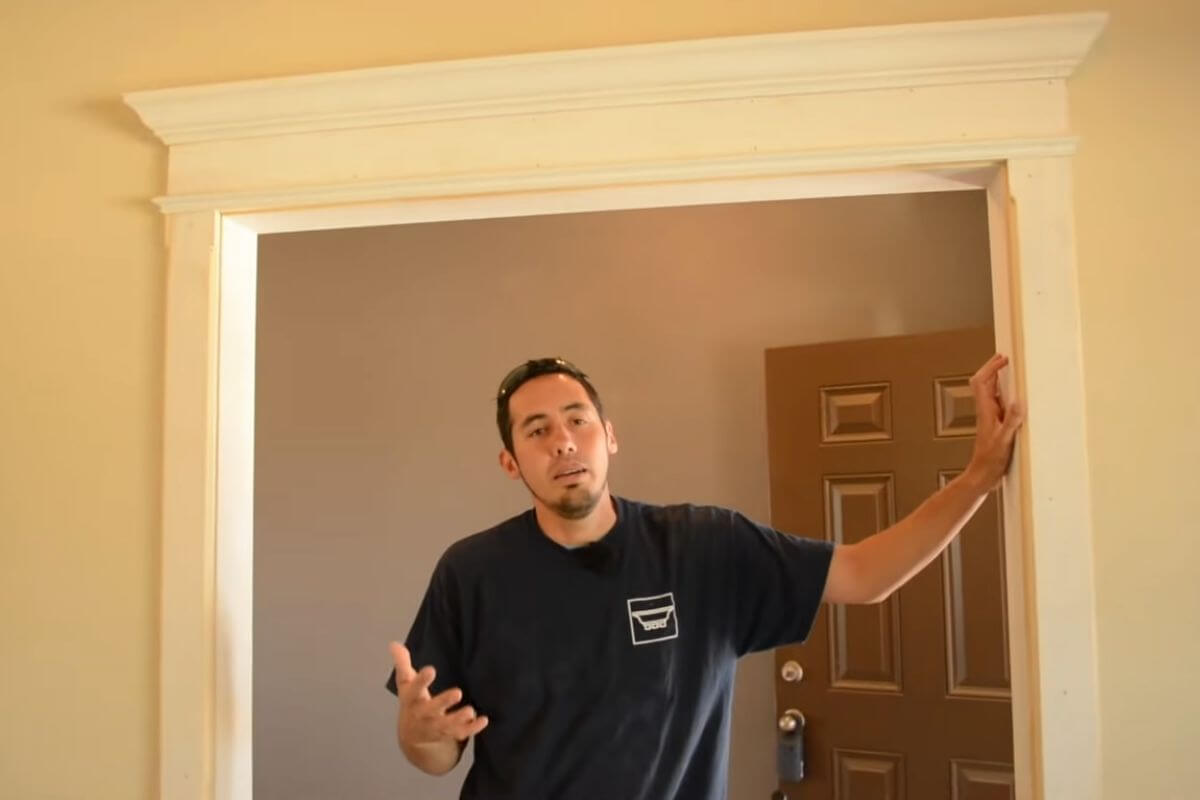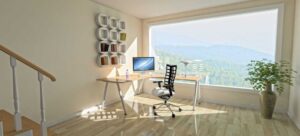When designing a home, there are many choices to be made, including what type of opening to use for doorways and archways. Two popular options are drywall openings and cased openings. While both serve the same purpose, they have some significant differences in terms of appearance, functionality, and cost. In this article, we’ll explore the pros and cons of each option and help you decide which is right for your home.
Understanding Drywall Openings
A drywall opening is simply a rectangular hole in the wall covered with drywall. This type of opening is typically used for standard doorways, but can also be used for archways or pass-throughs. The drywall is attached to the framing around the opening and then finished with tape and joint compound to create a seamless appearance.

Pros of Drywall Openings
- Cost-effective: Drywall openings are relatively inexpensive compared to other options.
- Easy to install: Drywall openings are simple to install and can be completed by DIYers with basic skills.
- Easy to change: If you decide to change the size or shape of the opening later, it can be easily modified by cutting away the drywall and adding new framing.
Cons of Drywall Openings
- Limited design options: Drywall openings have a very basic appearance and are not suitable for more elaborate designs.
- Limited soundproofing: Drywall is not an effective sound barrier, so if noise is a concern, a different type of opening may be necessary.
- Fragile: Drywall is relatively fragile, so if the opening is in a high-traffic area, it may be more prone to damage.
Understanding Cased Openings
A cased opening is a framed opening that has finished trim around the edges. This type of opening is typically used for more formal or decorative areas, such as dining rooms or living rooms. The trim can be customized to match the style of the room, and the opening can be arched or square.
Pros of Cased Openings
- Stylish: Cased openings have a more elegant and refined appearance than drywall openings.
- Soundproofing: The extra framing and trim around a cased opening can provide better soundproofing than a simple drywall opening.
- Durable: Cased openings are more durable than drywall openings and can withstand more wear and tear.
Cons of Cased Openings
- Costly: Cased openings are more expensive than drywall openings due to the additional materials and labor required.
- Difficult to modify: Once a cased opening is installed, it can be challenging to modify without significant renovation work.
- Professional installation required: Cased openings require a skilled professional to install them correctly, so DIY installation is not recommended.
Which is Right for Your Home?
Deciding between a drywall opening and a cased opening ultimately comes down to personal preference and budget. If you’re looking for a simple and cost-effective option, a drywall opening is likely your best bet. However, if you’re willing to invest in a more stylish and soundproof option, a cased opening may be a better choice.
Consider the style of your home, the room in which the opening will be installed, and your budget when making your decision. Don’t be afraid to consult with a professional contractor or interior designer to get their opinion and advice.
Conclusion
Choosing between a drywall opening and a cased opening is an important decision when designing your home. Both options have their pros and cons, and it ultimately comes down to personal preference and budget. Take the time to carefully consider your options and consult with professionals if necessary to ensure you make the right choice for your home.
FAQs
Can a drywall opening be converted to a cased opening?
Yes, a drywall opening can be converted to a cased opening, but it will require significant renovation work and the services of a skilled professional.
How do I choose the right trim for my cased opening?
When choosing trim for a cased opening, consider the style of your home and the room in which the opening is located. Choose a trim that complements the overall design of the space.
How much does it cost to install a cased opening?
The cost of installing a cased opening will vary depending on the size of the opening, the type of trim used, and the labor costs in your area. On average, cased openings cost more than drywall openings due to the additional materials and labor required.
Are cased openings more energy-efficient than drywall openings?
Not necessarily. While cased openings can provide better soundproofing than drywall openings, they don’t necessarily offer better insulation or energy efficiency.
Can I install a drywall opening myself?
Yes, drywall openings can be installed by DIYers with basic skills and the right tools. However, if you’re not confident in your abilities or if the opening is in a high-traffic area, it may be best to hire a professional.



